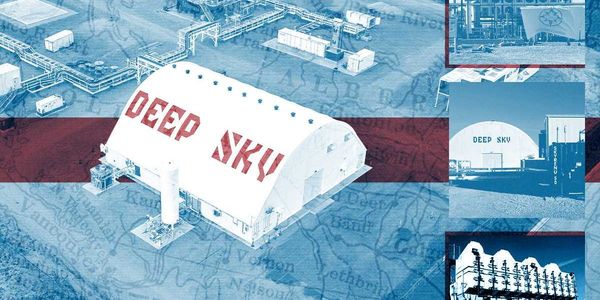Why Air Products Investors Revolted Against Clean Hydrogen
After a proxy fight, a successful shareholder revolt, and the ousting of a CEO, Air Products, the largest hydrogen company in the world, is floundering. In early May, it posted a $1.7 billion net loss for the second quarter of the fiscal year. While Air Products produces an array of industrial gases, the newly appointed CEO, Eduardo Menezes, told investors on the company’s recent Q2 earnings call that he blamed its investments in clean hydrogen projects for its recent struggles.
“Over the past few years Air Products moved away from its core business in search of growth,” Menezes said. (That core business would be traditional industrial gases such as oxygen, nitrogen, and hydrogen, produced sans newfangled clean technologies.) “We deployed capital to complex, higher risk projects with first-of-a-kind technologies — and, more importantly, without committed offtake agreements in place.” The company took on significant debt and increased its headcount to try and carry out its ambitious agenda, he explained. “This had a negative impact on both cost and execution quality, leading to significant project delays.”
This is, of course, in line with the overall downward trend in fortunes for clean hydrogen. Demand has long lagged behind production capacity, and projects have fallen apart left and right as uncertain economics, the Trump administration’s fossil fuel-friendly agenda, and the future of the clean hydrogen tax credit threaten to reverse what early-stage progress producers have made to date. But while these hurdles could be expected to flatten the hopes of some emergent startups or oil and gas industry tourists, it’s a more telling signal when the world’s biggest hydrogen supplier can’t make an expedient transition to clean energy work.








